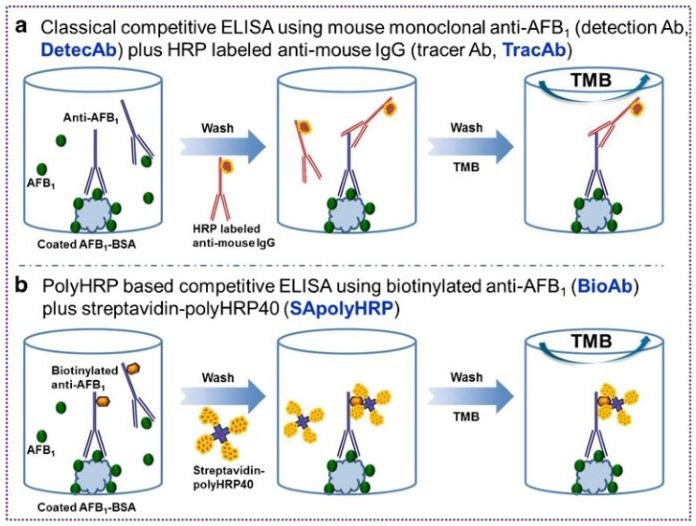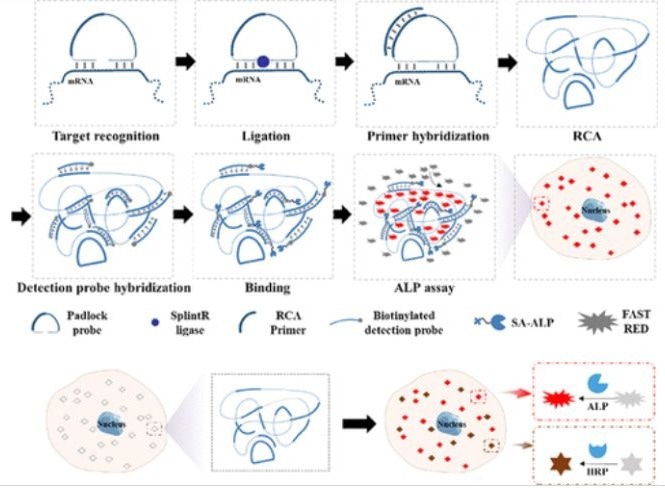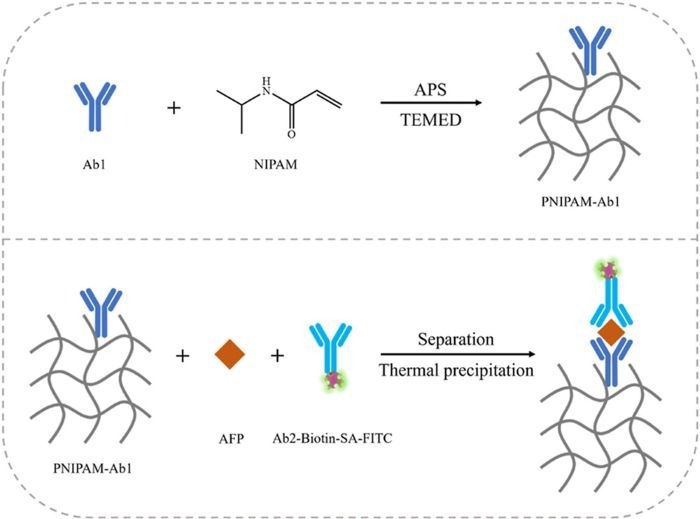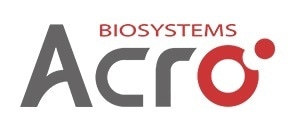As immunoassay technologies advance, signal amplification has become more important in achieving enhanced detection sensitivity and specificity. Streptavidin (SA) is a widely used signal amplification reagent which has strong specific binding capabilities, high affinity, and stability.
SA is a versatile tool that allows for robust complex formation with biotinylated probes or antibodies, significantly improving assay precision while minimizing background noise. ACROBiosystems offers innovative SA solutions to enhance research efforts, including:
- Recombinant SA proteins with purity >95%
- Ready-to-use SA-coated plates
- Labeled SA proteins (SA-HRP/SA-PE etc.)
- High-capacity SA magnetic beads
ACROBiosystems’ SA product line accelerates the development of diagnostic tests, biotherapeutic characterization, and targeted drug discovery pipelines.
Signal capture in immunoassays
In biomedical science, precise qualitative and quantitative analysis of key biomolecules related to diseases is vital for early diagnosis and treatment prognosis.
However, essential biomolecules such as hormones, enzymes, cytokines, and growth factors are typically found at low concentrations in biological fluids and tissues, which can limit the effectiveness of traditional detection methods.
To address this, specialized capture and retrieval techniques that use the specific binding between antigens and antibodies are necessary for the selective detection and quantification of target analytes.

Examples of Immunoassay. Image Credit: ACROBiosystems
Signal amplification using SA
Biotin is a prosthetic group involved in the catalytic reactions of many carboxyl transferases and is present in both prokaryotic and eukaryotic organisms.
SA, produced by streptomyces, forms a high-affinity non-covalent complex with biotin through an almost irreversible binding process. This binding is one of the strongest molecular interactions found in nature.

SA-Biotin System. Image Credit: ACROBiosystems
SA demonstrates remarkably high specificity, rarely interacting with other molecules, and remaining stable across a wide range of pH values and temperatures.
These properties make SA invaluable in biomolecule capture and enrichment in analytical applications such as ELISA, protein detection, and cell sorting. The strong SA-biotin interaction enables the capture of more analytes in immunoassays, enhancing ELISA detection sensitivity.

Different Signal Amplification Modes in ELISA. Image Credit: ACROBiosystems
SA can also be labeled or conjugated with various molecules, such as enzymes and fluorescent dyes, to form multiple complexes. By labeling these molecules the detection of SA is amplified in immune response assays.
Enzyme labeling
Horseradish peroxidase (HRP) and alkaline phosphatase (ALP) are widely used enzyme labels in immunoassays. Both achieve higher sensitivity compared to traditional enzyme-labeled detection methods.
Research by Li et al. showed that using SA-HRP as a signal amplification tag improved the linear working range of the calibration curve in a competitive ELISA analysis by 2.4 times compared to conventional HRP-based methods, enhancing detection sensitivity for aflatoxin B1.

Performance Comparison of HRP and SA-HRP in Small Molecule Detection by ELISA. Image Credit: ACROBiosystems
While classical ALP-linked optical immunoassays are effective, they often suffer from low sensitivity and background interference. Huang et al. proposed an RNA detection method based on ALP rolling circle amplification (SA-ALP). This RNA detection method has greater sensitivity and specificity than fluorescence in situ hybridization (FISH), and offers simpler operation and overcoming background issues.

Chromogenic Visualization of Single RNA Molecules In Situ with Duplex Capability by Rolling Circle Amplification with Alkaline Phosphatase. Image Credit: ACROBiosystems
Fluorescent labeling
Fluorescent dyes like fluorescein isothiocyanate (FITC) can be used to label antibodies or antigens, generating detectable fluorescent signals when excited by light. However, background interference, photobleaching, and other biological effects can limit the sensitivity and accuracy of fluorescence labelling.
Zhang et al. have developed a fluorescent probe for quantitative detection of the tumor marker alpha-fetoprotein (AFP) using SA-FITC-labeled antibodies (Ab2). This method has a linear range of 5 to 200 ng/mL and a detection limit as low as 2.44 ng/mL, making it suitable for analyzing human serum samples and screening clinical samples from liver disease patients.

Sandwich Immunoassay Method for Quantitative Determination of AFP. Image Credit: ACROBiosystems
Chemiluminescent labeling
SA conjugated with acridinium ester uses the high sensitivity of chemiluminescence but benefits from the stability of SA-biotin binding, making it ideal for chemiluminescent detection.
The biotin and SA bind in a 4:1 ratio, allowing the acridinium ester-biotin-target complex to bind to SA in a four-fold ratio, significantly enhancing detection sensitivity.
SA plays a key role in these various stages of pharmaceutical research and development because of its unique properties and excellent signal amplification abilities.
ACROBiosystems offers a range of cost-effective SA products, including recombinant SA protein, labeled SA protein, SA-coated plates, and SA magnetic beads, facilitating immune analysis and drug development while maintaining budget efficiency.

Image Credit: ACROBiosystems
About ACROBiosystems
ACROBiosystems is a cornerstone enterprise of the pharmaceutical and biotechnology industries. Their mission is to help overcome challenges with innovative tools and solutions from discovery to the clinic. They supply life science tools designed to be used in discovery research and scalable to the clinical phase and beyond. By consistently adapting to new regulatory challenges and guidelines, ACROBiosystems delivers solutions, whether it comes through recombinant proteins, antibodies, assay kits, GMP-grade reagents, or custom services. ACROBiosystems empower scientists and engineers dedicated towards innovation to simplify and accelerate the development of new, better, and more affordable medicine.
Sponsored Content Policy: News-Medical.net publishes articles and related content that may be derived from sources where we have existing commercial relationships, provided such content adds value to the core editorial ethos of News-Medical.Net which is to educate and inform site visitors interested in medical research, science, medical devices and treatments.